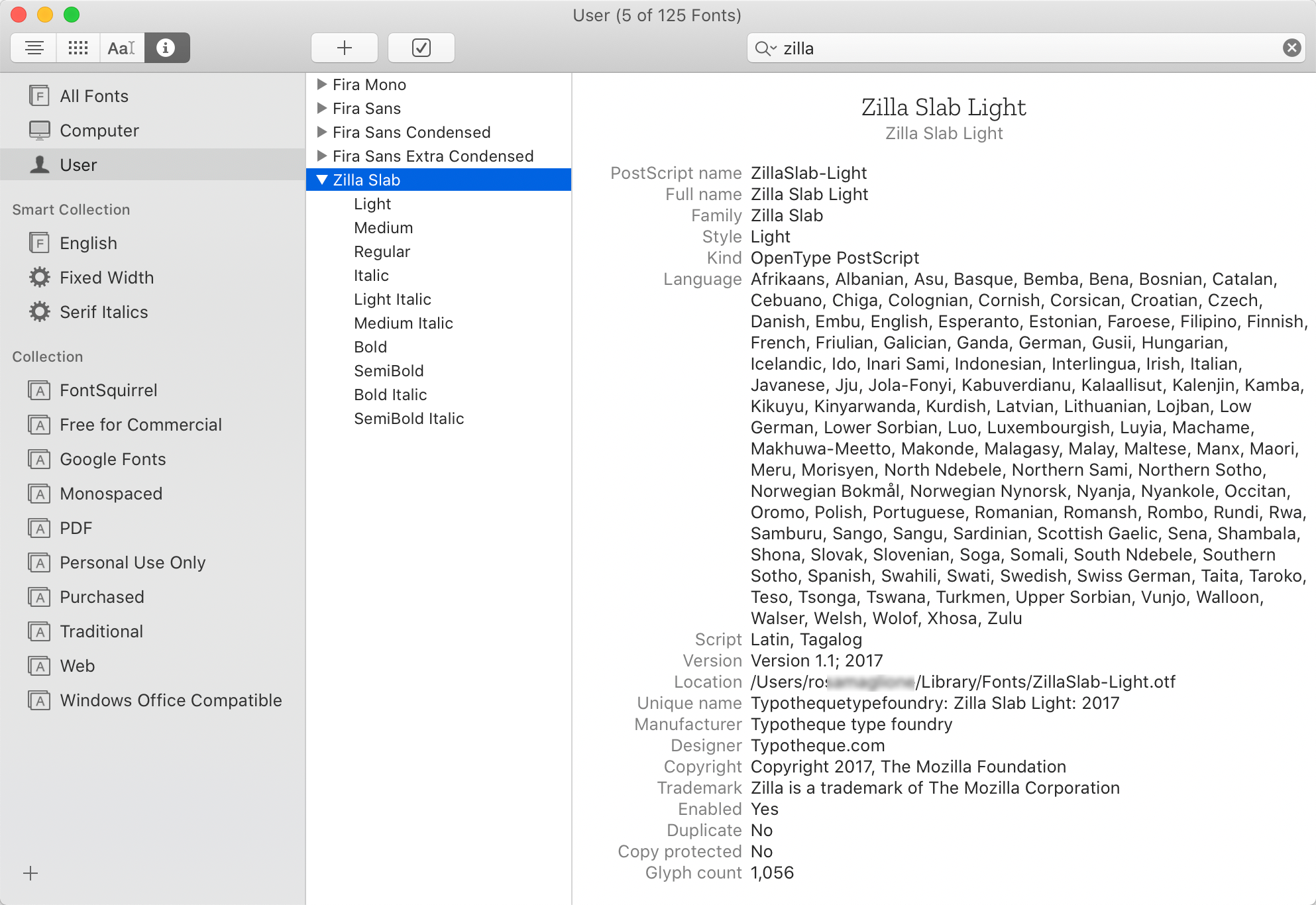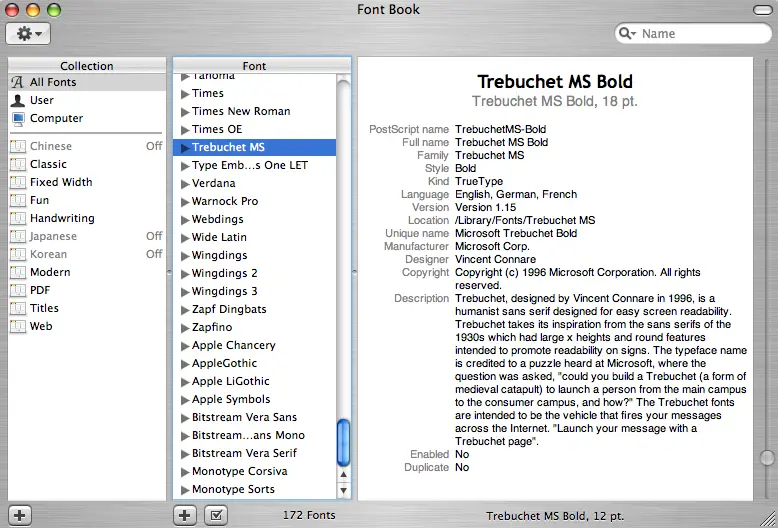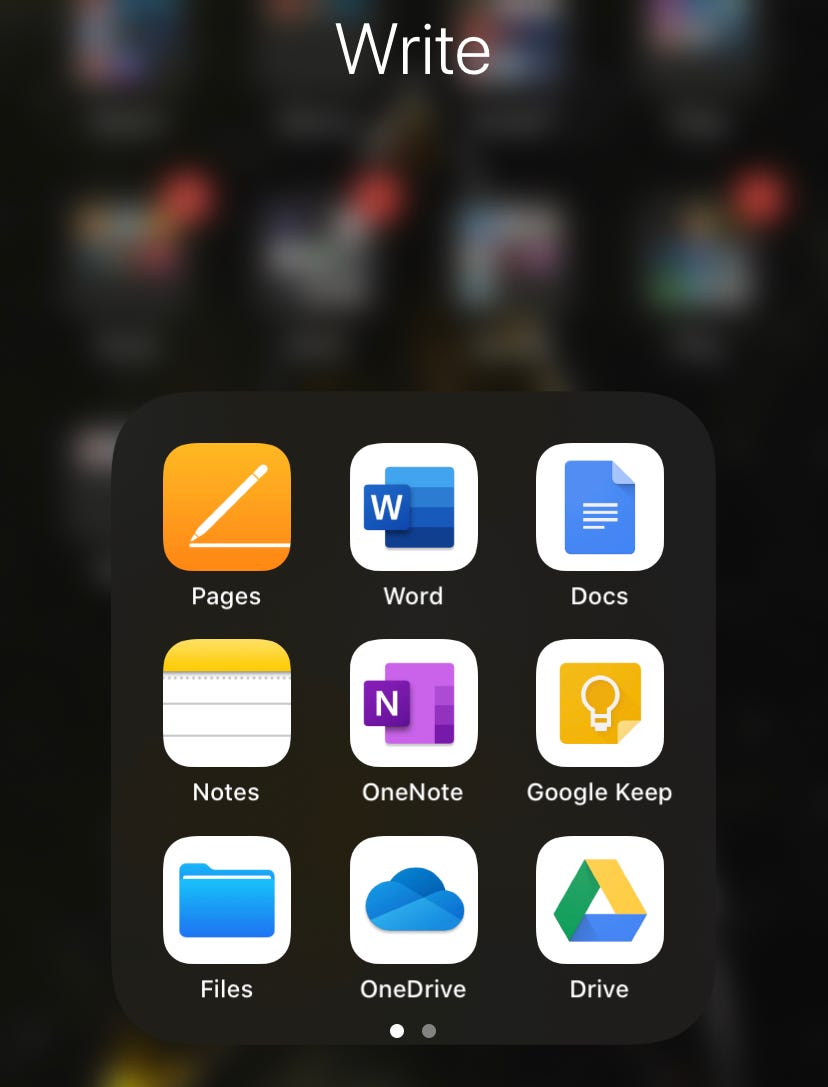Cant Find Fonts On Mac In Microsoft Word
Open the Font book, verif the fonts, activated all the fonts, deal with the double fonts. Let me share here 2 very strange observations: - When I open my MS Word Document with TextEDIT, my favorite font is in there. With TextEdit, when I open the Fonts window, alle the fonts appeared. If you are using your font on a Mac with Microsoft Word, you may find that, due to a mapping issue on the extended character set, certain punctuation is replaced by accented characters or other symbols. The solution to this is to turn off all Autoformatting.
Can't Find Fonts On Mac In Microsoft Word 2010
From NeoWiki
Full list of fonts available in both Office for Mac and Office for Windows. The following fonts are available on both. Macintosh OSX 10.4 with Office 2011 for Mac and; Windows 8 with Office 2013 for Windows; You can use these fonts in Office documents, knowing that anyone who gets the file – using Windows or Mac will see it using the same fonts. The fonts you use in a document determine how that document appears when viewed or printed. If you share your documents with others and they don't have the same fonts on their system, Microsoft Word will substitute your font with another. This affects the layout and formatting of the document, so the number of pages might not be the same as the original and line and page. To find and install default Microsoft fonts on a Mac: Navigate HERE in your browser. Download the.ZIP file. Unzip it (double-click it).
Users often have complaints about the handling of the Symbol font, Greek text, or bullets from imported Microsoft Office documents. A number of 'problems' are simply misunderstandings of the way that modern Unicode-compliant Mac applications input text, while in other cases the problems are Microsoft or OpenOffice.org bugs.
|

[edit]Inputting Greek text
To enter Greek text in Mac OS X (including in NeoOffice), either switch to the Greek keyboard layout or use the system Character Palette. Both can be accessible under the 'Flag' menu in your menu bar, which in turn is enabled in the Input Menu tab of the International Pane of the Mac OS X System Preferences. Simply check the boxes next to the keyboard layouts or input methods you wish to enable, and check 'Show input menu in menu bar' to enable the 'Flag' menu for easy switching between layouts. (See below for a special note regarding typing Greek text in order to be compatible with Word 2004.)
If you only wish to enter a few characters, either the Character Palette or NeoOffice's built-in equivalent, the 'Insert Special Characters' dialogue (select 'Special Characters' from the 'Insert' menu; then click on the 'Subset' list box and select 'Basic Greek', and then click on the Greek characters) are probably the easiest way to do so.
[edit]Can't I just type using the Symbol font?
Under the classic Mac OS and on Windows, 'Greek text' is often entered by simply selecting the Symbol font and typing; entering a would produce α, g would produce γ, and so forth, and if you typed some text, you could later select it, choose the Symbol font, and 'make it Greek'. While this might have been simple, it also meant that the meaning of your text was dependant on you and any recipients all sharing the same exact fonts. If you were to look at the 'raw' form of a document entered in this manner, the data would consist of Roman letters only.
Because Mac OS X is based on Unicode, an international standard designed improve the interoperability of data which gives each character in each of the world's languages a distinct 'code point', g and γ are treated as two different characters (as they rightly are). Simply entering one character and changing the font does not transform it into the other.
There is a way to type g and have an actual Unicode γ entered in your documents; if you have access to Mac OS 9 or Mac OS X 10.1, you can use the 'Symbol' keyboard layout shipped with those OS versions, which maps Roman letters to the Greek Unicode code points. Install the layout in your user's ~/Library/Keyboard Layouts folder; after logging out and back in again, you can enable the layout as described above. These layouts can be found on your Mac OS 9 or Mac OS X 10.1 CDs, and they may also be available online.
[edit]Typing Greek text for Word 2004 compatibility
If you use the Greek keyboard layout as your method of inputting characters, you will need to type them in using Arial or Times New Roman as the font for the characters to appear correctly in Word 2004. There may be other compatible fonts but Arial and Times New Roman tend to contain the most glyphs of the fonts installed on Macs and other fonts, e.g. Futura and Gill Sans, will produce characters that Word 2004 can't display. If you forget to do this, you will see blocks in place of characters when you view the file in Word 2004. You can solve this simply by selecting the blocks and picking Arial or Times New Roman as the font type. This will cause the correct characters to be displayed.
[edit]Greek characters and bullets in Word (or OpenOffice.org for Windows) documents don't display correctly
This is because these characters were entered with non-Unicode values in Word, and the OpenOffice.org import filters do not convert the characters to Unicode ones. This seems to be Mac-only OOo bug (or a bug that is only manifest on the Mac, since OOo on Windows has access to Microsoft fonts and Windows methods of mapping characters). Unfortunately, since this bug appears to be Mac-only and Mac OS X is not a 'tier 1' platform for Sun and OpenOffice.org, the OpenOffice.org developers who could fix the bug seem to have ignored it.
There is a very hacky work-around available in NeoBugzilla Bug 912 that will allow you to force the characters to display properly, but it will break proper handling of Greek, symbols, and bullets in the rest of your Mac applications and it will not actually 'fix' the characters—only make them display as they did in Word or on Windows so you can, eg., produce a hard copy with the correct appearance.
[edit]References
- Trinity threads: [1], [2], [3], [4]
- Note some of these threads are older and contain information that is no longer accurate for versions of NeoOffice greater than 1.1.
- OpenOffice.org issue on import of Word documents on the Mac
- NeoBugzilla bug 912 and bug 747 on import of OpenOffice.org for Windows and Word documents

Note
Office 365 ProPlus is being renamed to Microsoft 365 Apps for enterprise. For more information about this change, read this blog post.
Symptoms
After you install a font into the Fonts folder in the operating system and start Microsoft Word for Mac, the font unexpectedly is not available in the Font dialog box, in the drop-down list, or in the Formatting Palette.
Cause
Third-party fonts are not directly supported in Microsoft Office for Mac applications. Some third-party fonts may work in one application and not in another. Other third-party fonts are installed in a 'family'. A family usually consists of the third-party font itself together with some or all of its variations (bold, italic, and so forth). Sometimes, a font may be displayed in Microsoft Word, Microsoft PowerPoint, Microsoft Excel, or Microsoft Entourage, but you may be unable to use one of its variations, such as italic.
Office does not support custom fonts. This includes any fonts that were manipulated by a font or typography program.
Note
Microsoft Office for Mac technical support does not provide support for installing or configuring third-party fonts.
Basic font troubleshooting
If the following methods don't resolve your font issue, contact the font manufacturer or the website from which you purchased the fonts.
First, restart your computer, and then test the font again. Some installations are not complete until the computer is restarted. This also makes sure that all applications are restarted after the installation.

Method 1
Clear the font caches. To do this, quit all Microsoft Office applications. On the Home menu, click Go > Applications, and then click Apple's Font Book.
On the Edit menu, click Select Duplicated Fonts.
On the Edit menu, click Resolve Duplicates.
To remove all the fonts from the computer that Font Book just disabled, follow these steps:
- After the duplicates have been resolved, select each disabled font, click File > Reveal in Finder, and then drag it to the trash.
- You may notice that Font Book sometimes turns off the newer copy of the font instead of the older one. If you prefer the newer copy, drag the older one to the trash, and then re-enable the new one.
Restart the computer. Apple OS X will rebuild its font cache, and Word will rebuild its font cache from that.
For best performance in Word, try to run with all your fonts enabled all the time. Each time that Word starts, it compares its font cache with the system font cache. If the two don't match, Word will regenerate its own font cache, which can take a few seconds. If you have dynamically enabled fonts, the system font cache will appear different nearly every time that Word runs this comparison.
You must do this every time you install an update, because the Microsoft installer tries to restore the disabled fonts each time.
Method 2
How To Install Fonts On Mac
Restart the computer in Safe mode. Then, restart the computer normally. For more information about how to restart your computer in Safe mode, click the following article number to view the article in the Microsoft Knowledge Base:
2398596 How to use a 'clean startup' to determine whether background programs are interfering with Office for Mac
Method 3
Create a new user account to determine whether the problem is associated with an existing user account.
The font is damaged, or the system is not reading the font
If the font is not a custom font and does not appear in your Office program, the font may be damaged. To reinstall the font, see Mac OS X: Font locations and their purposes.
The third-party products that this article discusses are manufactured by companies that are independent of Microsoft. Microsoft makes no warranty, implied or otherwise, regarding the performance or reliability of these products.
